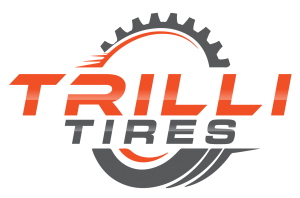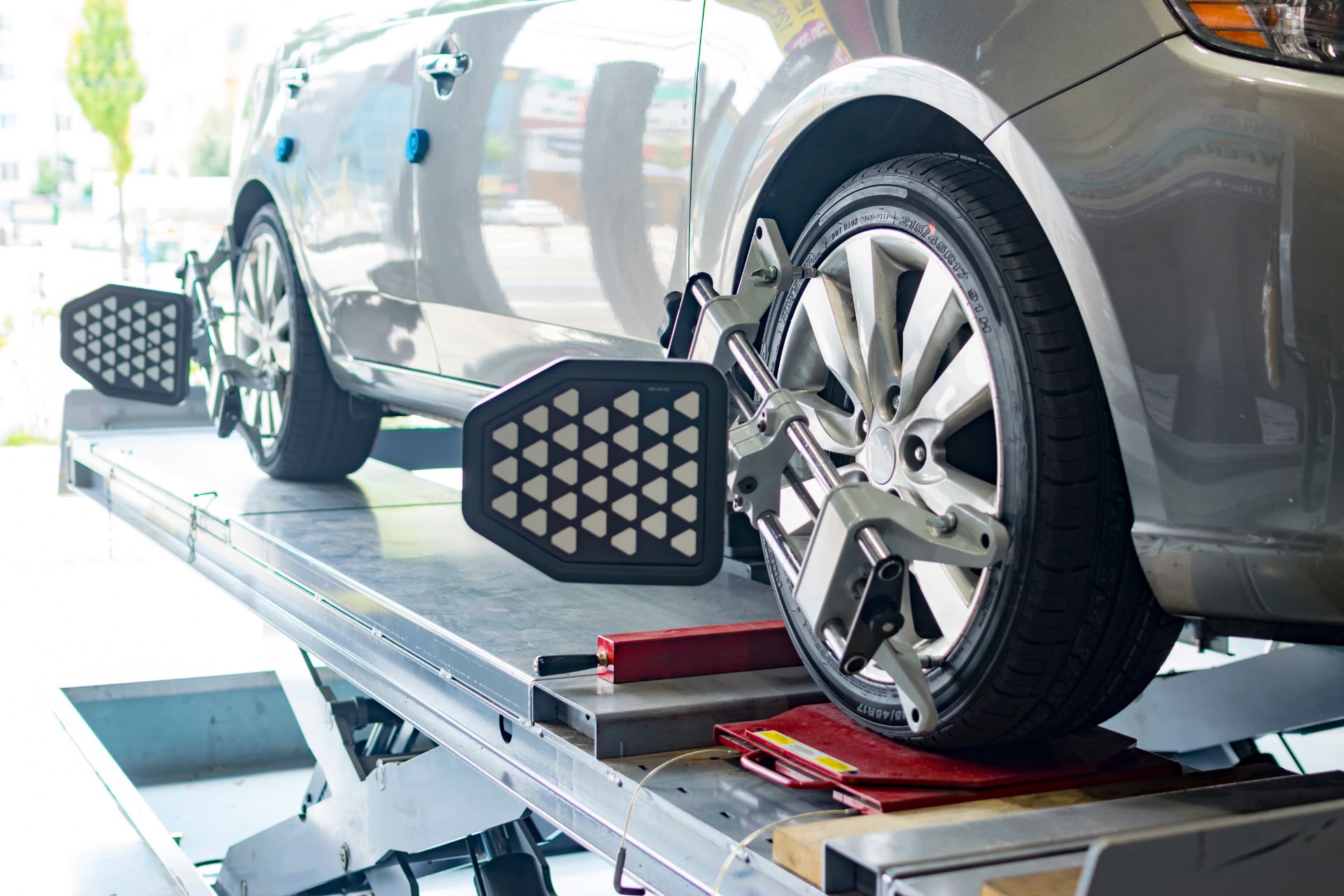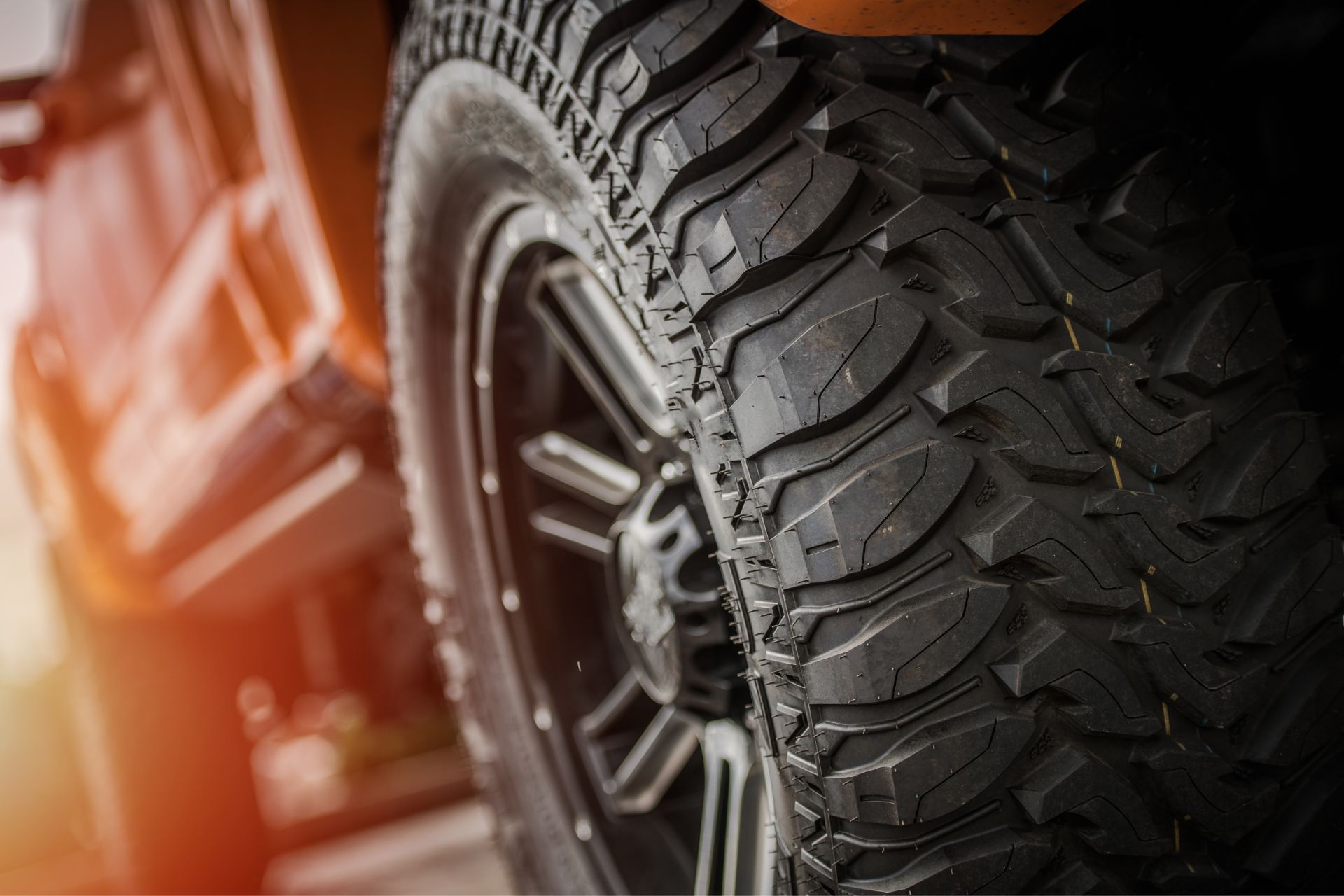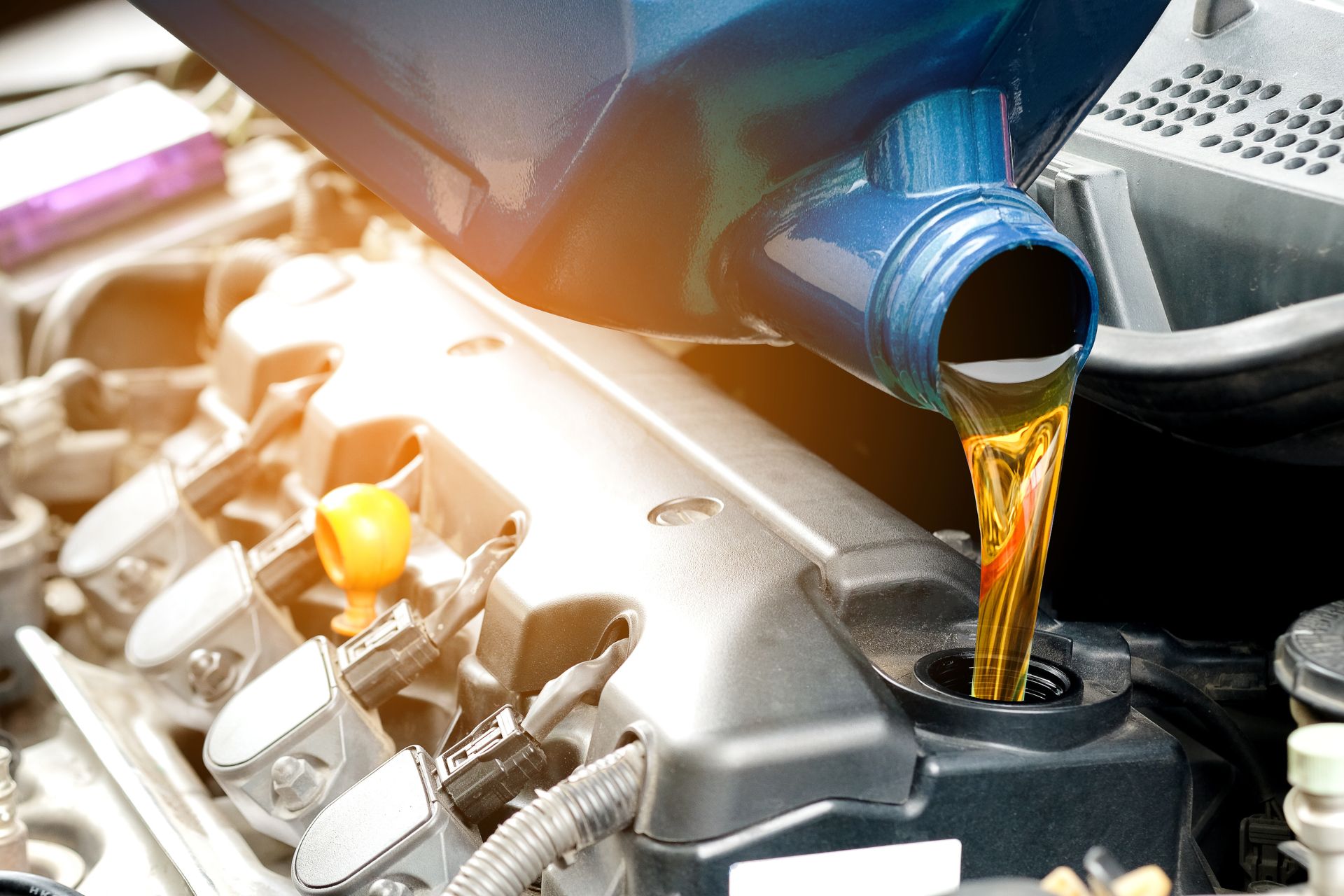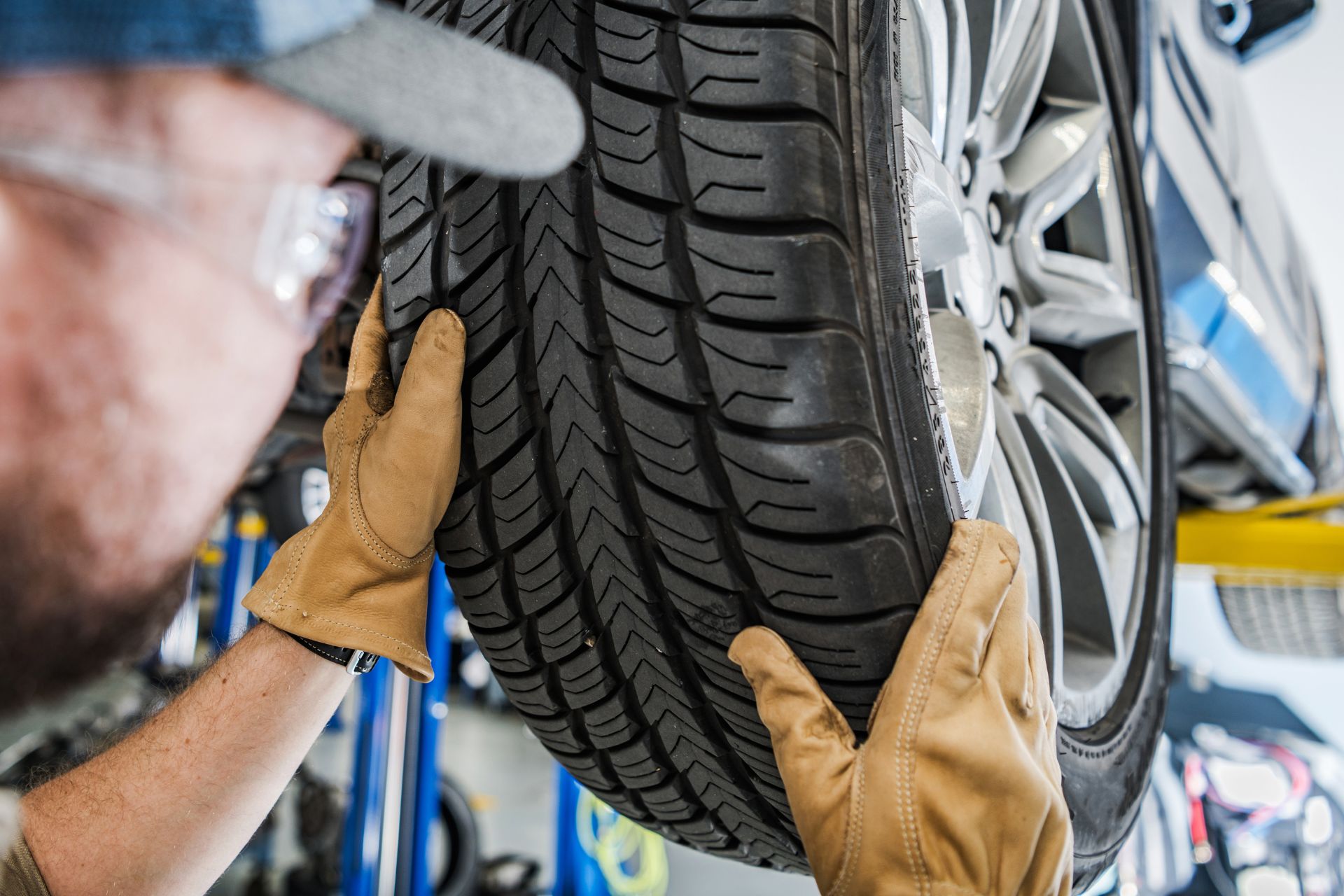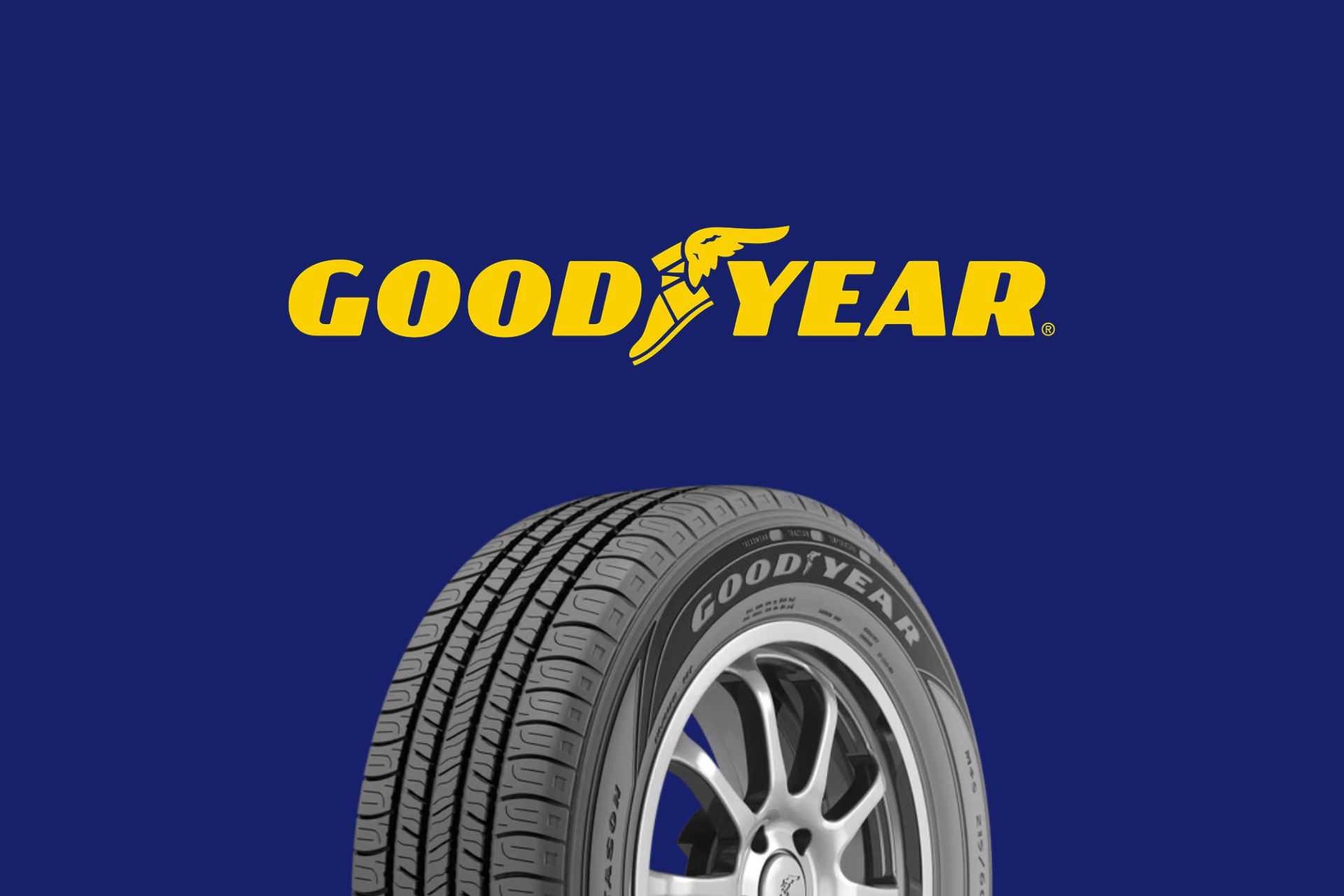Laser wheel alignment is a revolutionary technology that has transformed the way vehicles are serviced in tire shops worldwide. Among the forefront of this innovation is the Hunter HawkEye Elite® system, which has set a new standard for accuracy and efficiency in wheel alignment. In this article, we delve into the science behind laser wheel alignment, exploring how it works and the benefits it offers to vehicle owners.
Understanding Wheel Alignment
Before delving into laser wheel alignment, it’s crucial to grasp the concept of wheel alignment itself. Wheel alignment refers to the adjustment of the angles of the wheels to ensure they are perpendicular to the ground and parallel to each other. Proper alignment is essential for optimal vehicle handling, tire longevity, and fuel efficiency.
The Traditional Approach
Historically, wheel alignment was performed using mechanical gauges and manual adjustments. While effective, this method was time-consuming and often prone to human error. Additionally, it lacked the precision necessary to address modern vehicle specifications accurately.
Enter Laser Wheel Alignment
Laser wheel alignment revolutionized the industry by introducing advanced technology to streamline the alignment process. Instead of relying on manual measurements, laser alignment systems utilize precision lasers to measure various alignment angles with unparalleled accuracy.
The Role of Hunter HawkEye Elite®
At the forefront of laser wheel alignment technology is the Hunter HawkEye Elite® system. This cutting-edge equipment combines state-of-the-art cameras, sensors, and powerful software to provide precise alignment measurements in a fraction of the time compared to traditional methods.
How Laser Alignment Works
Laser wheel alignment begins with the placement of targets on each wheel. These targets reflect the laser beams emitted by the alignment system. As the vehicle is positioned on the alignment rack, the lasers project onto the targets, allowing the system to analyze the position of each wheel relative to the vehicle’s frame.
Key Alignment Angles
Laser alignment systems measure several key angles, including:
- Caster: The angle of the steering axis when viewed from the side of the vehicle.
- Camber: The angle of the wheel concerning the vertical axis when viewed from the front or rear of the vehicle.
- Toe: The angle of the wheels concerning the longitudinal axis of the vehicle.
- Thrust Angle: The angle formed by the rear axle’s centerline concerning the vehicle’s centerline.
Benefits of Laser Wheel Alignment
- Precision: Laser technology provides highly accurate alignment measurements, ensuring optimal vehicle performance.
- Efficiency: Laser alignment systems significantly reduce the time required to perform alignments, allowing tire shops to serve more customers effectively.
- Improved Tire Life: Proper alignment reduces tire wear and extends tire longevity, saving vehicle owners money in the long run.
- Enhanced Safety: Correct wheel alignment promotes better vehicle stability and handling, enhancing overall safety on the road.
The Future of Wheel Alignment As automotive technology continues to evolve, so too will wheel alignment systems. Laser alignment is expected to become even more advanced, with enhanced features and capabilities designed to meet the demands of modern vehicles.
Conclusion Laser wheel alignment, powered by technology such as the Hunter HawkEye Elite®, represents a significant advancement in vehicle maintenance. By harnessing the precision of lasers, tire shops can ensure that vehicles are aligned with unparalleled accuracy and efficiency, benefiting both vehicle owners and service providers alike.
Experience the precision of laser wheel alignment with TrilliTires. Serving Richmond Hill, Markham, Vaughan, and the rest of the GTA, our expert technicians utilize advanced equipment to keep your vehicle performing at its best. Contact us today to schedule your wheel alignment service!
